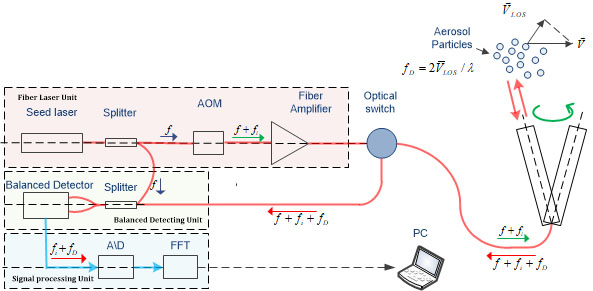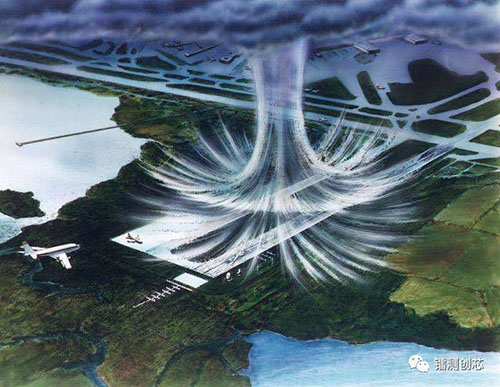Summer and autumn, the weather is changeable, recent news, there are often aircraft flights in the takeoff and landing phase of the accident, after the crew's efforts to turn the crisis into safety news, in addition to the crew's calm and calm, the plane's passengers are not killed, the most concerned about is a strange word - "wind shear", today Let's talk about the windshear. Wind shear, or windshear, means the sudden change of wind speed and direction. Wind shear can be divided into horizontal wind shear, vertical wind shear and vertical wind shear. The energy is uneven to generate the flow of the atmosphere and form the wind. Affected by many factors, such as the nature of the ground, terrain, rotation of the earth, the wind force and direction are constantly changing; the other is caused by geographical, environmental factors or large buildings. On the leeward side of a mountain there is often a rolling air flow, like a water flow under a waterfall, which has great power to pull objects into the bottom of the water. The confluence of cold and hot air can also cause wind shear, such as in winter near the cold air front, there is often strong wind shear.
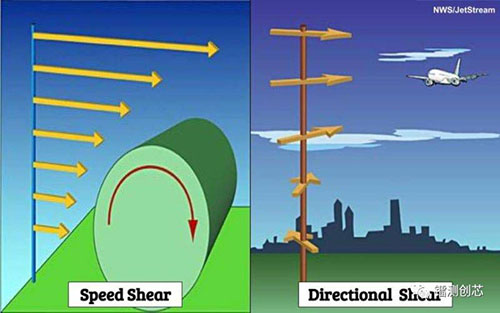

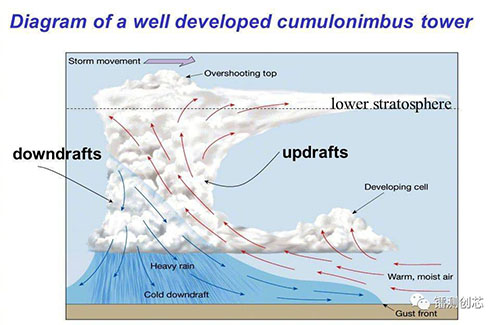
The phenomenon of windshear caused by this accident is likely to be horizontal wind shear or micro burst.
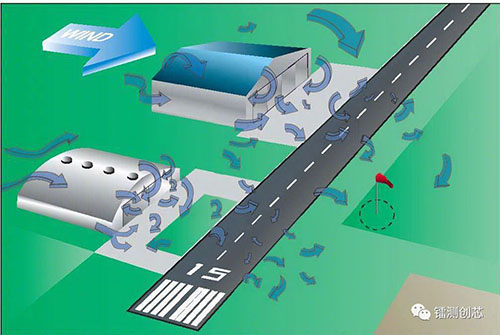
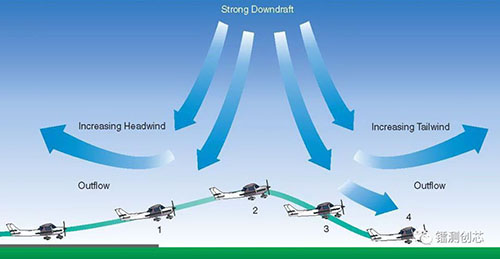
Horizontal wind shear is a great threat to aircraft flight safety. The airplane generates lift by the relative motion of the wings and air, so the strongest downwind in flight is the one that is most afraid of sudden occurrence. Airliners like the A320 can land or take off at speeds of about 150 knots, equivalent to 290 kilometers per hour. If there is a sudden 10-level downwind near the plane near the ground, the airflow on the wing will instantly become 60% of the original speed, lift and the relative airflow speed of the wing is directly proportional to the square, so the plane will suddenly lose 60% of the lift, fall quickly, if not handled in time, it is very easy to cause the tragedy of aircraft crash and human death. . Relatively speaking, the wind shear at high altitude is not so terrible, because even if the plane suddenly loses lift, there is enough time and space to adjust the course, attitude, speed of the aircraft in the process of landing in time to avoid crashes, and the passenger's perception is only the aircraft's wobble, bumps and so on. .
In wind shear, the most serious threat to flight safety is "micro burst". To put it simply, let the aircraft turn to the downwind downstream of the wind. A small down flow wave is enough to cover an airport. During the take-off and landing stages, the aircraft will suffer severe turbulence if it encounters a small downburst, which may even lead to a crash. The real killer is not a downward current, and a sudden change in the direction of the wind.
From the 1960s to the 1990s, there have been many aircraft crashes caused by wind shear around the world, causing heavy casualties to crew and passengers.
Since the 1990s, more powerful airborne and ground-based Doppler weather radars, as well as integrated on-board wind shear warning systems, have made it easier for pilots to avoid dangerous wind shear than ever before.
The popularity of these technologies has reduced the number of accidents caused by wind shear, from almost every year in the past to the level of once in a decade. However, just like strong convective weather in summer, small-scale wind shear similar to "downburst" is still difficult to predict accurately. Especially in summer and autumn, severe convective weather occurs frequently, airports sometimes wander on the edge of operating conditions, the wind field over the airport changes rapidly, normal take-off and landing will have a certain security risk, even for experienced units is a major technical challenge. But the time tube, airport, airlines, pilots and other aspects are not helpless, the introduction of a scanning Doppler lidar is the best choice, radium core Wind3D6000 three-dimensional scanning wind lidar can accurately and real-time observation of the three-dimensional wind field in full circumference, covering the situation. With an area of more than 100 square kilometers, these wind data can accurately describe the atmospheric motion over the entire airport area, leaving no escape from horizontal or vertical wind shear and downburst when pilots talk about color change. The tower system of the airport can make quick decisions based on these intuitive wind data. The aircraft takes off or lands under safe atmospheric conditions, eliminating the hidden danger of accidents caused by wind shear.
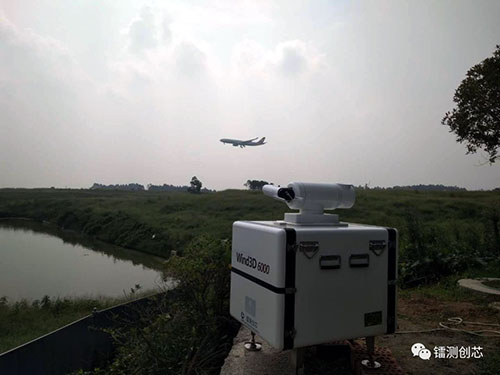
In the near future, the three-dimensional scanning wind lidar developed by the LEICE will be more accurate, reliable and easy to use besides the longer detection distance. It will ensure the flight safety of the aircraft in a wider range. It will give full support to the development of the aviation industry and make our trip safer, more reliable and more comfortable.
